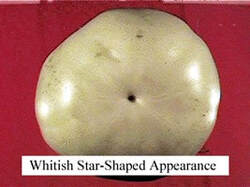
When harvesting fruit before a frost, separate tomatoes into three groups for storage: those that are mostly red, those that are just starting to turn, and those that are still green. Discard tomatoes with defects such as rots or breaks in the skin. Place the tomatoes on cardboard trays or cartons but use layers of newspaper to separate fruit if stacked. Occasionally a tomato may start to rot and leak juice. The newspaper will keep the juice from contacting nearby or underlying fruit. Store groups of tomatoes at as close to 55 degrees as possible until needed. (Ward Upham)
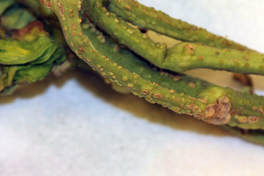
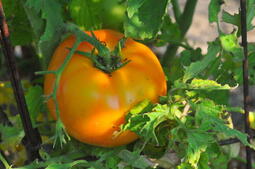
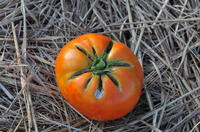
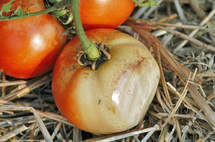
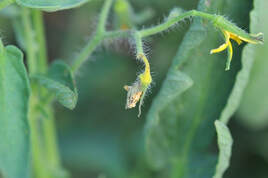
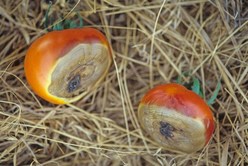
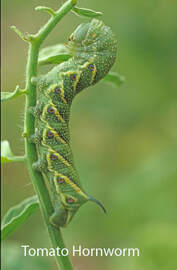
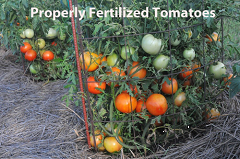
 RSS Feed
RSS Feed
